For anyone unfamiliar with the term ‘rewilding’ you’re likely to hazard a well educated guess that it’s an environmental movement aimed at reintroducing native flora and fauna. And yes, in terms of its benefits to wildlife conservation, you’d be right. However, as well as environmental stewardship, rewilding offers an abundance of not so obvious, but equally as important ecological, social and economic benefits. Here are five reasons why rewilding is so important.
Rewilding facilitates Trophic Cascades
A trophic cascade takes place when animals at the top of a food chain change the numbers not just of their prey, but also of those species with which they have no direct connection. Their impacts cascade down the food chain, in some cases radically changing the ecosystem, the landscape and even the chemical composition of the soil and the atmosphere.
Take the classic rewilding case of how wolves changed rivers in Yellowstone National Park. After being hunted to extinction in the early 20th century, the wolves absence led to an imbalance in the food chain, setting off a trophic cascade in which elk (the wolves’ natural prey) multiplied. The phenomenon occurred again in reverse, when 15 wolves were reintroduced in 1994 and the natural balance was restored.
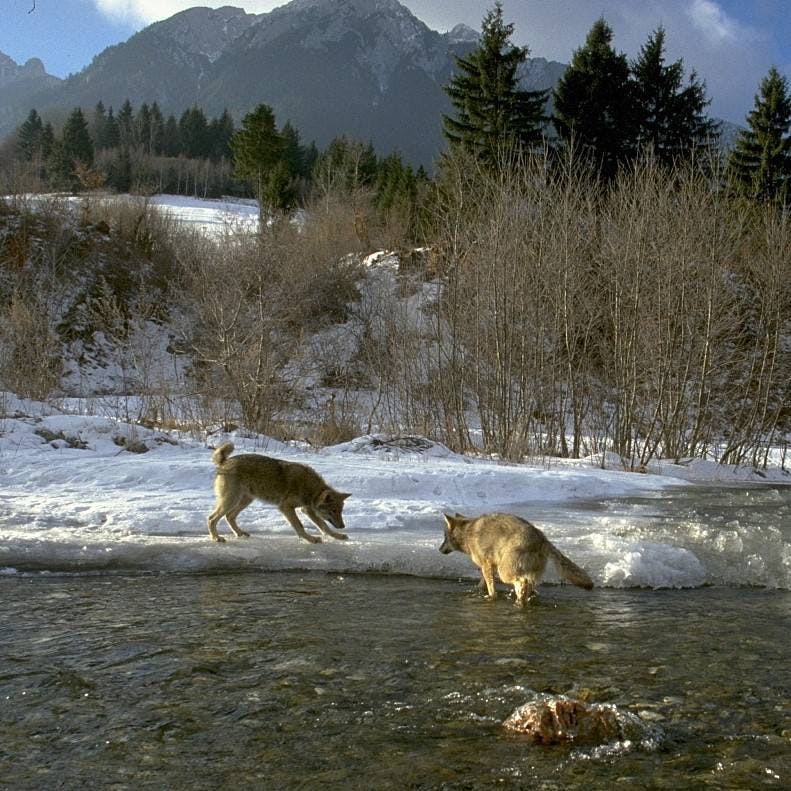
Keystone Species
When reintroduced, the wolves not only preyed on the elk, reducing their numbers, but also changed the elk’s behavioural patterns. The elk began avoiding exposed areas like valleys and gorges where they could easily be hunted. As a result, those areas started to regenerate, and species such as birds, beavers, mice and bears returned. Plant life once again thrived along the riverbanks and erosion decreased significantly. The stabilization of the riverbanks actually made the rivers and streams change course.
Some critics of rewilding argue that we should not seek to re-establish missing species until we’ve protected existing wildlife. But nothing better protects our ecosystems than keystone species. Beaver dams provide habitats for fish, water voles, otters and frogs, while protecting local towns and villages from flooding. In Ireland, the resurgence of the pine marten has pushed back the grey squirrel, allowing red squirrels to recolonise.
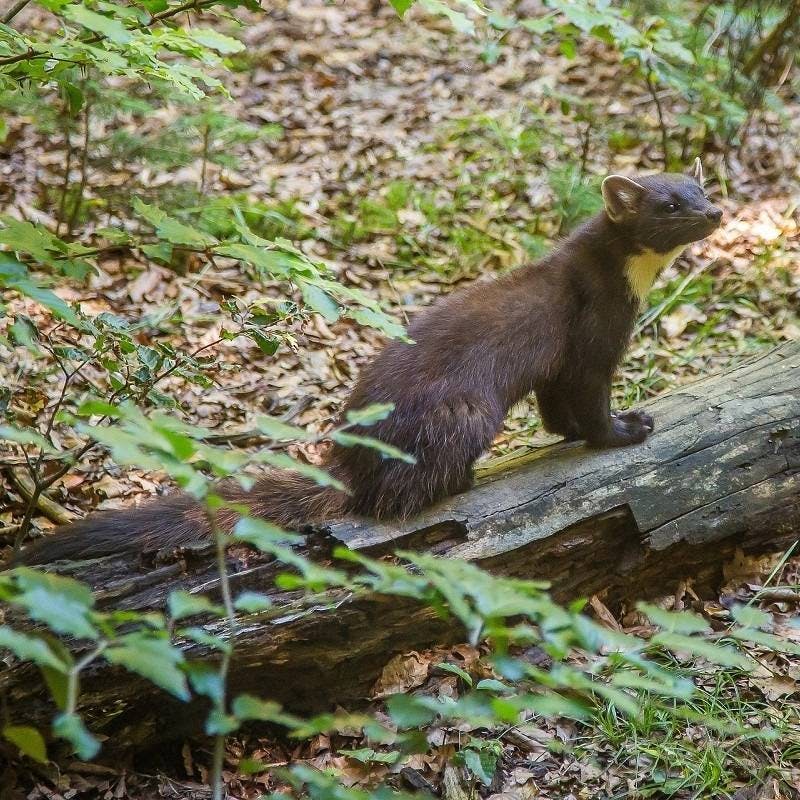


Take action now
Do you want to have a direct impact on climate change? Sir David Attenborough said the best thing we can do is to rewild the planet. So we run reforestation and rewilding programs across the globe to restore wild ecosystems and capture carbon.
Get involvedRewilding prevents Natural Disasters
Naturally functioning ecosystems do not only provide us with clean air and water, sequestrate & store carbon but they also prevent soil erosion and provide natural breaks against forest fires. Another key service they provide is preventing flooding. A forest’s tree canopy delays the rate at which rainwater reaches the forest floor and the tree roots act as channels to draw rainwater deeper underground. This means rainwater doesn’t run overland into watercourses, streams or rivers. Rainwater is absorbed into tree-covered soil at 67 times the rate at which it is absorbed into grass-covered soil. Trees can also stop soil particles washing into waterways and forming sediment build-up, which can cause additional flooding downstream. Tree roots also act as anchors as they hold soil together and prevent erosion and dangerous landslides in times of heavy rain and flooding.
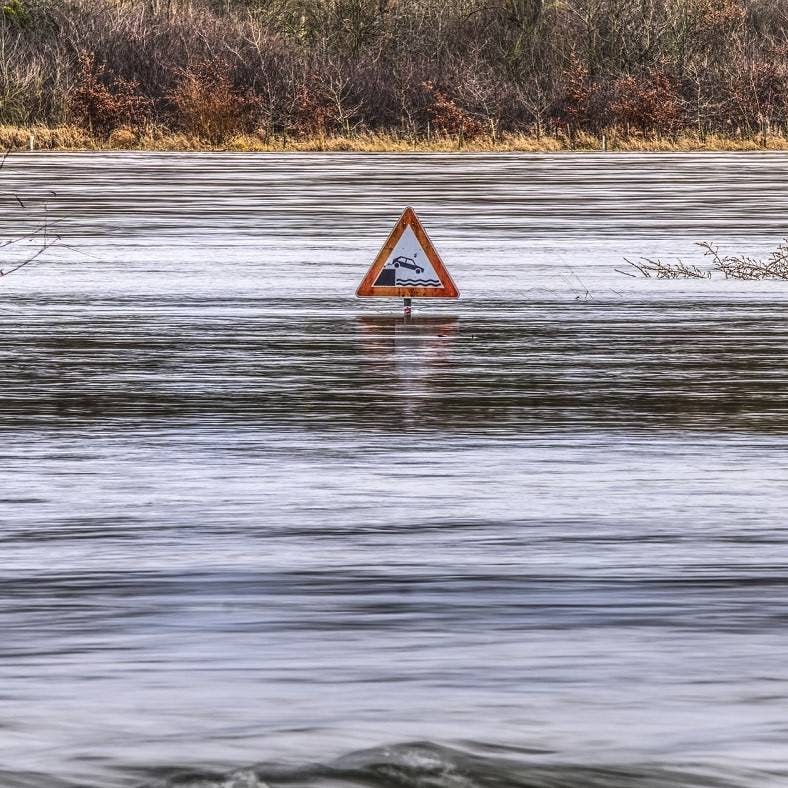
Enhancing Local Communities through Rewilding Tourism
By increasing the value of wilderness, rewilding offers a new set of options in places where traditional sectors such as farming, which is highly subsidised and painfully unprofitable, can no longer keep communities alive. Schools, shops and pubs are closing with gay abandon in rural areas as the young seek an elusive pot of gold in the city.
In the hills of southern Norway, the return of trees has been accompanied by a diversification and enrichment of the local economy. There, the marginal income from farming is supplemented with nature based tourism, forest products, hunting, fishing, outdoor education, snow sports, and hiking.
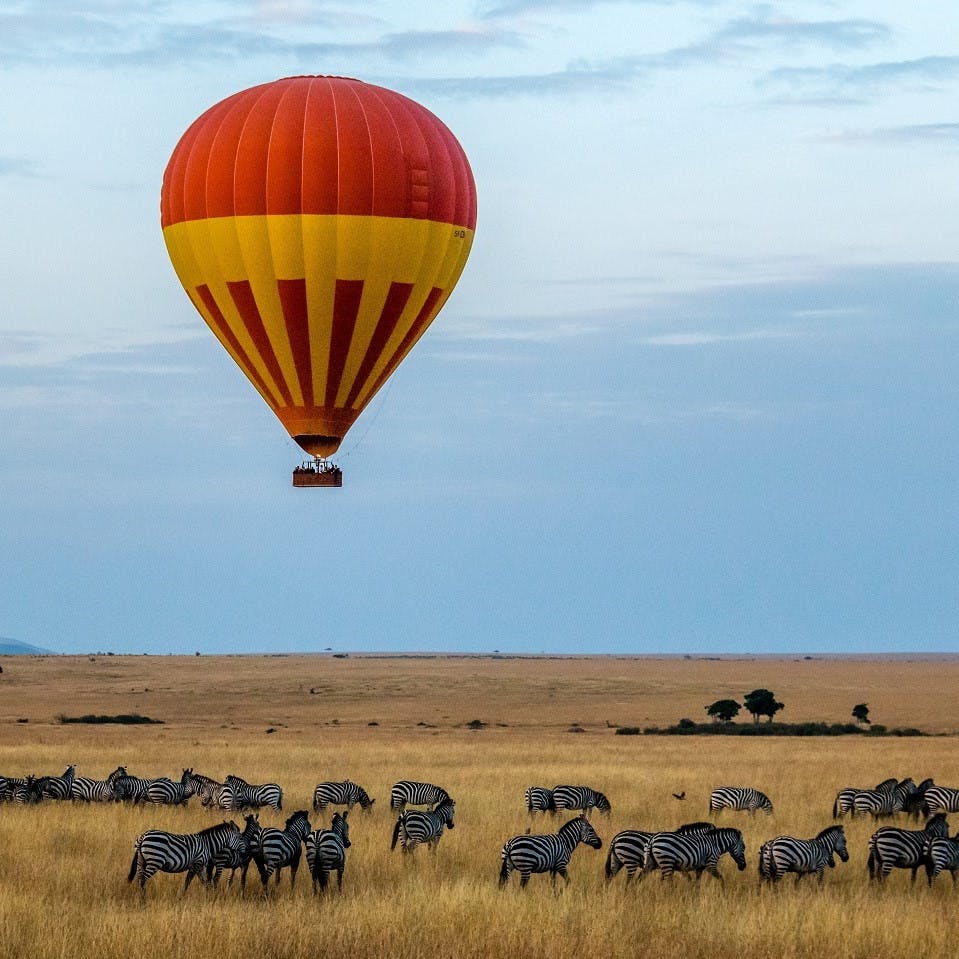
The development of wild nature through rewilding is an opportunity for a new economy
Pedro Prata, Rewilding Portugal
Fighting Climate Change
Rewilding can play a huge role in reversing climate change. Global warming is the result of an increase in greenhouse gases, such as CO2 in the atmosphere. In one year the world emits 33 billion tons of CO2 and it is estimated by 2030, our emissions could rise to 40 billion tons.
Forests are natural carbon sinks that play a hugely important role in sequestering CO2 from the atmosphere. The carbon is removed through photosynthesis and is absorbed in the wood, leaves and soil, and thus remains in the forest ecosystem.

Reversing a 6th Mass Extinction
According to a recent study in the peer-reviewed journal Proceedings of the National Academy of Sciences, a “biological annihilation” of wildlife means that a sixth mass extinction in Earth’s history is already underway. Nearly half of all mammal species surveyed had lost more than 80% of their distribution between 1900 and 2015. Scientists concluded that unless monumental changes are made to reverse this decimation of wildlife there would be serious ecological, economic and social consequences.
Rewilding is that monumental change. With large-scale rewilding projects involving government, universities and enterprise, which advocate the reintroduction of large predators and keystone species to restore trophic levels and reconstruct food chains, this sixth mass extinction can be upturned.
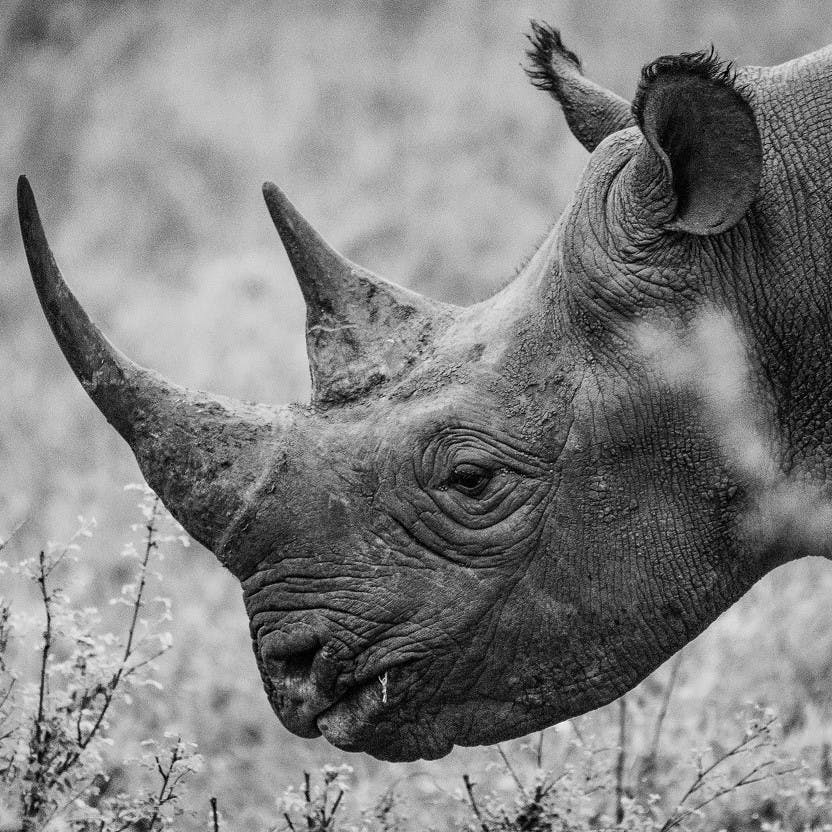
How do you support Rewilding?
It may seem daunting but there are some simple steps we can all take to help boost local and global biodiversity.
- Rewild your own garden: choosing to have native wildflowers in your garden will attract a range of species, providing them with habitats as well as being a source of food for species. Learn more on how to rewild your garden and enjoy nature from the comfort of your own home.
- Contact your local council: make your voice heard and matter by informing local authorities of your views on rewilding topics. Whether they are large or small-scale rewilding interventions, such as the reintroduction of keystone species (i.e beavers in the UK) or simply requesting roadside verges to be left uncut, your concern raises awareness between policymakers. Find out why writing to your local representative is an effective method plus more strategies for change in our Climate Action guide.
- Volunteer/Support your local wildlife trust or conservation organisations: become involved in community initiatives that invest in native plants and trees to encourage local wildlife to return. Further afield, you can contribute to organisations fighting to protect and restore areas of habitation loss for wildlife.
- Become a Mossy Earth member: if you want to support our projects that are solely dedicated to seeing the return of flora and fauna and ensuring it’s protection, become a member and start funding rewilding interventions around the world today. From the protection of Slovakia’s turtles to helping human-wolf coexistence in Portugal, learn more about our rewilding projects as well as our many large-scale reforestation projects.
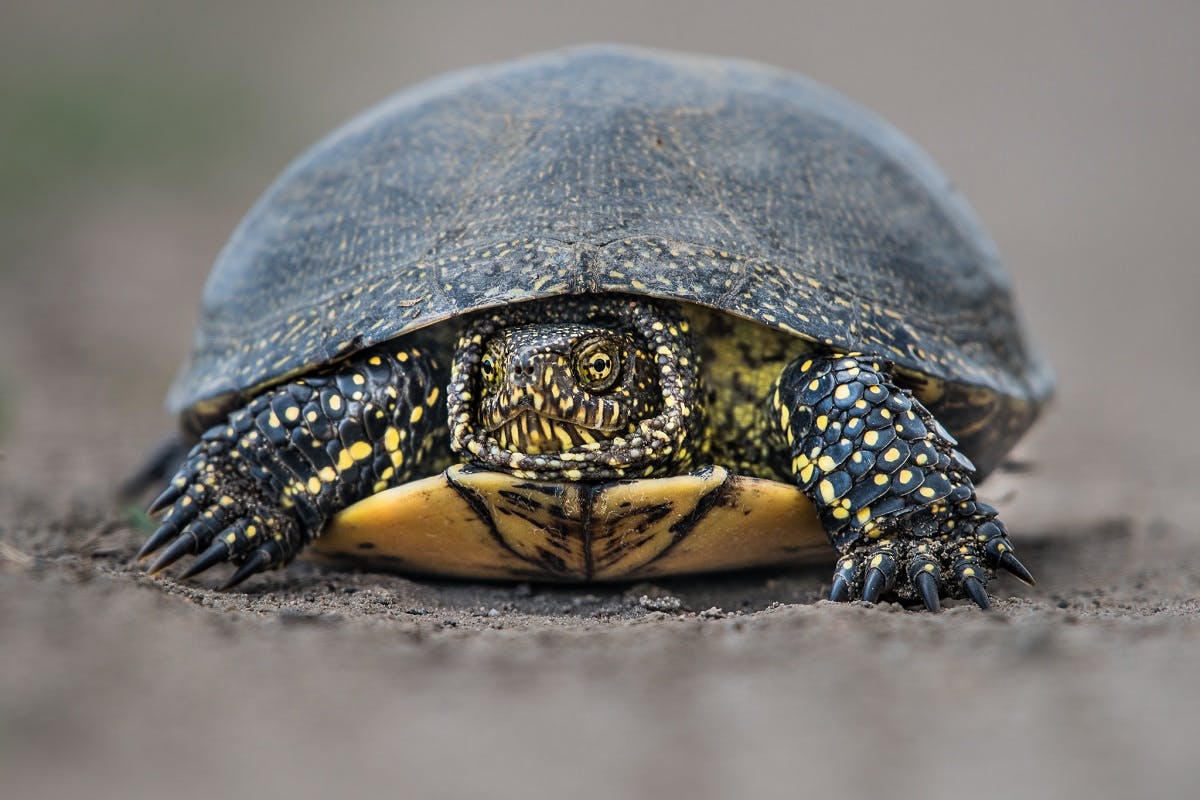
Sources & further reading

- “Loss of large predators has caused widespread disruption of ecosystems” - Science Daily
- “Making space for rewilding: creating an enabling policy enviornment” - Oxford University
